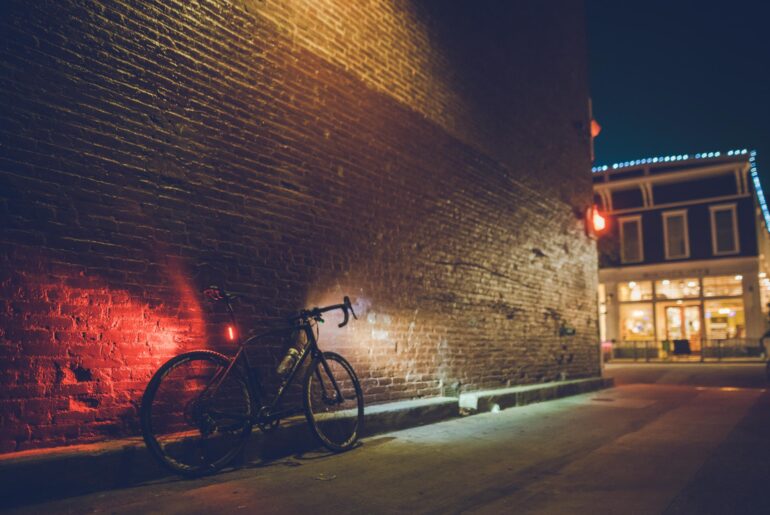If the time has come for you to replace your worn out old road bike tyres, you may be wondering what your best options are. There are many options you could choose from, and if you’re struggling to work out what is right for you then read on, as we’ll be helping to show you how to choose the right tyres for your bike.
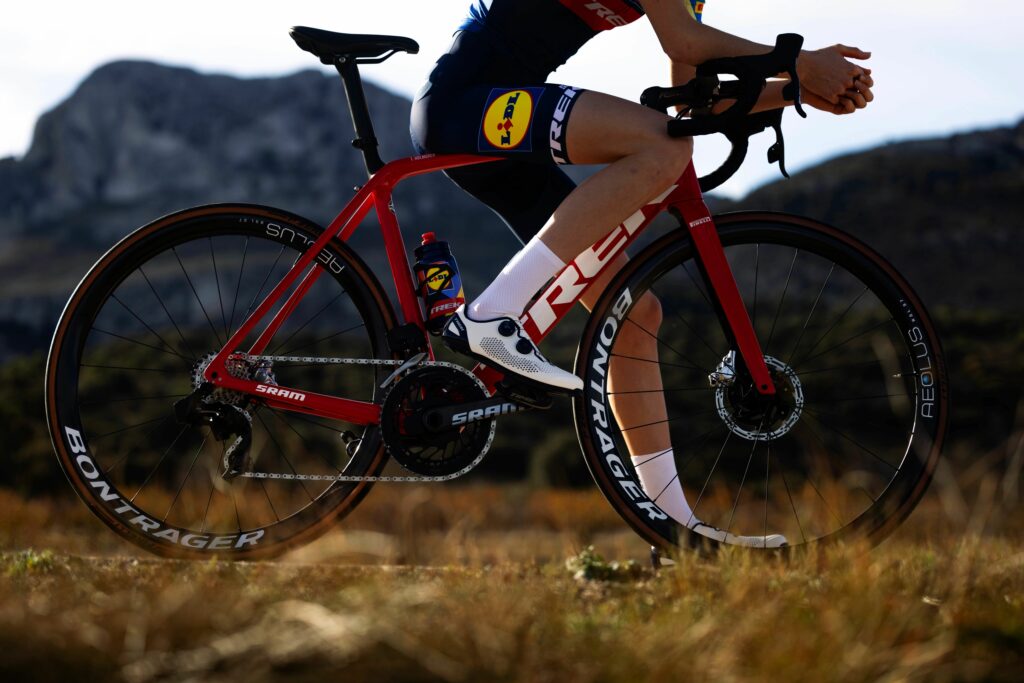
Tubeless Ready vs. Non-Tubeless Tyres
A standard non-tubeless ready road bike tyre features a bead around the edge that hooks into the rim of the wheel. An inner tube sits independently within the tyre to hold air and keep the right pressure in the tyre. To repair a tubed tyre puncture you would generally either patch or replace the inner tube. You may also hear these referred to as “Clincher” tyres, although tubeless ready tyres can also be run with a tube in this way.
Tubeless ready tyres are designed to be used without an inner tube. They must be used with tubeless ready rims as together they will create an airtight seal that enables the tyre to hold air without using a tube. Sealant will also be required to help seal any small punctures. Generally running tubeless will reduce the likelihood of a flat, however if a larger tear in the tyre occurs it can be a bit more of a process to repair. More on that later.
Tubular tyres were another common option in years gone by. Tubular tyres are constructed with the tyre casing sewn around the inner tube. Tubular tyres do not have beads and are glued onto specifically designed rims, which can make them harder to install and repair. However most brands have moved away from this now.

How do I choose the right tyre width for my bike?
Road bike tyre width is a hot topic, with many cyclists moving away from the skinner side and opting for a wider tyre for better comfort.
You will often see tyre sizes described like this: 700x25c for example. The 700 is your wheel size, and the “c” refers to the height and width of the tyre in mm.
Bicycle tyres come in many widths, but on road bikes you’ll generally find anywhere from 23mm to 32mm depending on whether it’s a purebred race bike or more endurance focused.
The thinner tyres offer the best aerodynamics and are generally lighter than their wider counterparts. In recent years newer tyres have been developed that mean the best width options for most purposes are 28 or 30mm. These tyres have low real world rolling resistance, high grip and are more comfortable than their thinner predecessors. Much of the benefit comes from being able to run these tyres at lower pressures than before. These wider tyres are now the norm for professional road racers who are looking for race winning speed and long day in the saddle comfort.
For endurance bikes, where weight is less of a priority but comfort is paramount you’ll often find bikes equipped with tyres up to 32mm in width. The wider profile provides a significant improvement in comfort, especially when travelling over rough ground or for long periods of time thanks in part to being able to run lower pressures that soak up bumps in the road.
Gravel bikes that are designed with off-road use in mind can take even wider tyres, some being able to take 42mm and above. This allows you to run even lower pressures and therefore provides more comfort over bumpy/rough ground.
Here are some considerations to think about when choosing the width of your next set of road bike tyres:
- Riding Conditions: If you are riding over rough roads or considering some off-road routes then wider tyres will provide more comfort and confidence as you can run lower pressures.
- Rim Compatibility: Not every rim can take every size of tyre. Check the info for your specific rims to see if they can take the tyre size you’re planning on using.
- Frame/Fork Clearance: As above, not every frame/fork can accommodate every size of tyre. If you put too wide a tyre on an incompatible frame or fork you will encounter rubbing/clearance issues which are likely to damage your frame and make your ride far less enjoyable. Check the spec of your bike if available, or pop it to your local bike shop who will help you work out compatibility.
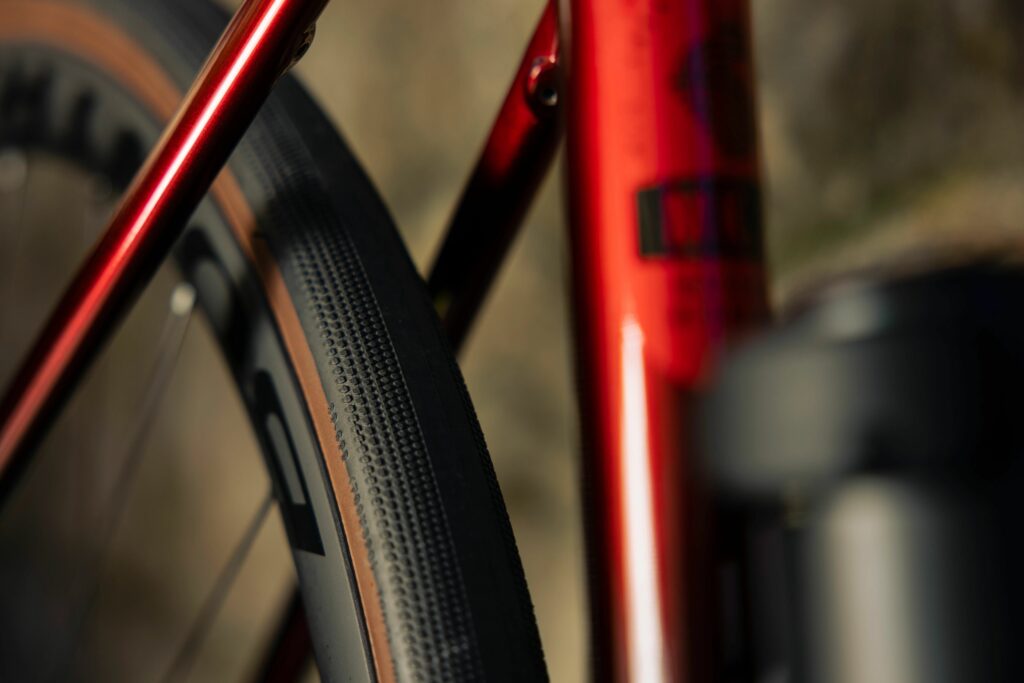
Fast and Light vs. Heavy Duty Road Bike Tyres – which is best?
All road bikes run slick tyres. You may see some tread patterns on specific brands however these don’t generally affect the grip of the tyres (It is usually there for weight savings, marginal aerodynamic purposes etc).
If you’re on a gravel bike, you are likely to find a more aggressive tread pattern that may include small knobs on the tyre that allow the bike to dig into the ground when riding along gravel/dirt tracks. This provides more off-road grip, but means the bike will roll slower on the road. A gravel bike can generally run anything from road slicks, up to almost mountain bike width tyres depending on the model and wheel size you select.
The manufacture of road bike tyres is always going to be focused on finding the right balance between lightweight (and therefore fast rolling) vs. puncture resistance and comfort.
A fast and light tyre will have thinner tread rubber and carcass. The downside of this is that they can be slightly more puncture prone and wear out quicker.
Conversely a heavier duty tyre will have thicker tread rubber and carcass. While a bit slower these tyres are less likely to puncture and can last longer.
Which way you should swing towards will depend on what you’re hoping to achieve with your road cycling. If you’re looking for speed then opting for a fast and light tyre is for you. If the idea of fixing a road side puncture makes you cringe, then opt for something more heavy duty for those daily rides.
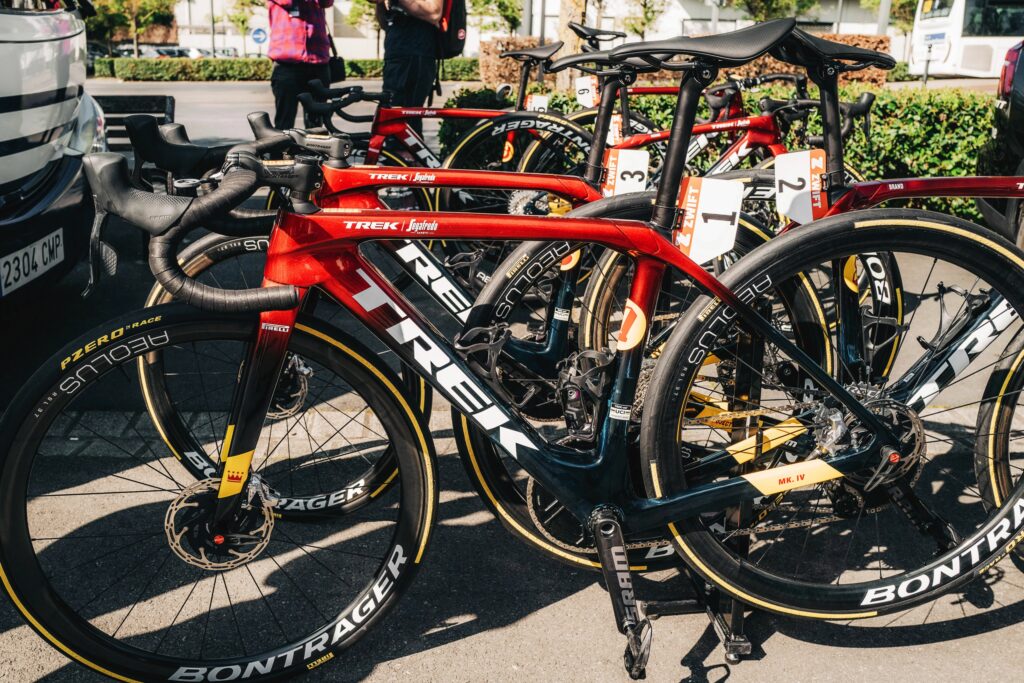
What pressures should I be running in my road bike tyres?
Like with most things, the answer depends on a few factors such as rider weight, road conditions, length of ride etc.
Running lower pressures in your road bike tyres will offer a more comfortable ride and offer more grip on the road, but going too low can make your tyres more prone to punctures. If you’re riding particularly rough roads, or for a long time you may opt to decrease your pressures slightly to provide more comfort.
Don’t forget, the heavier you are, the higher the pressures you’ll need to run as a baseline as an underinflated tyre can burp air from a tubeless set-up or “snakebite” a tube.
Higher pressures however, don’t automatically mean more speed. In-fact, overinflate a tyre and you’re likely to ride slower as there’s nothing soaking up the bumps on real-world roads!
Another thing to remember is that your specific tyre will have a maximum pressure (or PSI) it can take. Some tubeless rims can also have a maximum pressure rating to be aware of. A good starting point is to set your pressure somewhere between the minimum and maximum values shown on your tyre and adjust from there. The smaller a tyre, the more pressure it will likely need – so you’ll be looking at much higher pressures in a road bike tyre vs a mountain bike tyre!
You could also try using an online tyre pressure calculator, like this one here.
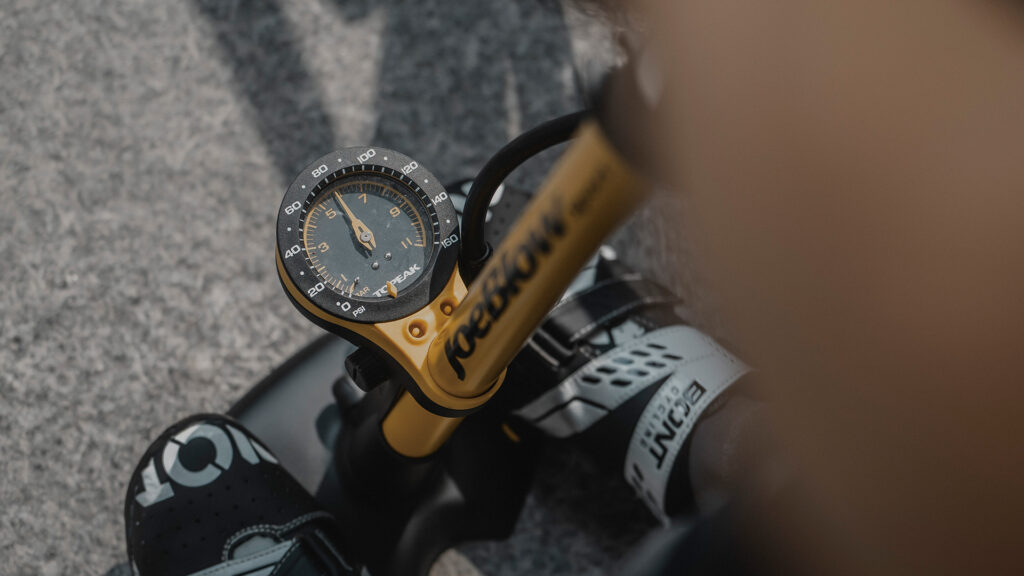
Should I go tubeless on my road bike?
Tubeless is another frequently debated topic in road cycling. Running tubeless enables you to run your tyres without a tube inside. You would need to use tubeless ready tyres and rims to ensure that no air can escape, and then the tyre is filled with sealant that will plug any small holes that appear in the tyre.
Benefits of running tubeless are:
- Potential weight saving (removing the tubes removes a number of grams from the weight of your bike)
- Less punctures: the sealant will stop air escaping from small punctures that would likely deflate a tube
- You can run lower pressures which makes for a more comfortable ride
Some potential downsides of tubeless are:
- If you do puncture on the road (because tubeless isn’t going to stop every puncture – bigger holes may not seal) it can be harder and messier to fix due to the sealant inside
- Less simple to set up than putting a tube inside the tyre and inflating
- Compatibility. You may find that your rims are not tubeless compatible.
So the answer to the question “should I go tubeless on my road bike”? Depends on whether you are happy to make the process of installing and repairing a little more involved for the benefit of less potential punctures, or if you prefer to keep things simple. Alternatively, we can help you get set up with tubeless in one of our 12 stores.
Either way, we’d recommend keeping a spare tube to hand on every ride, just in case!
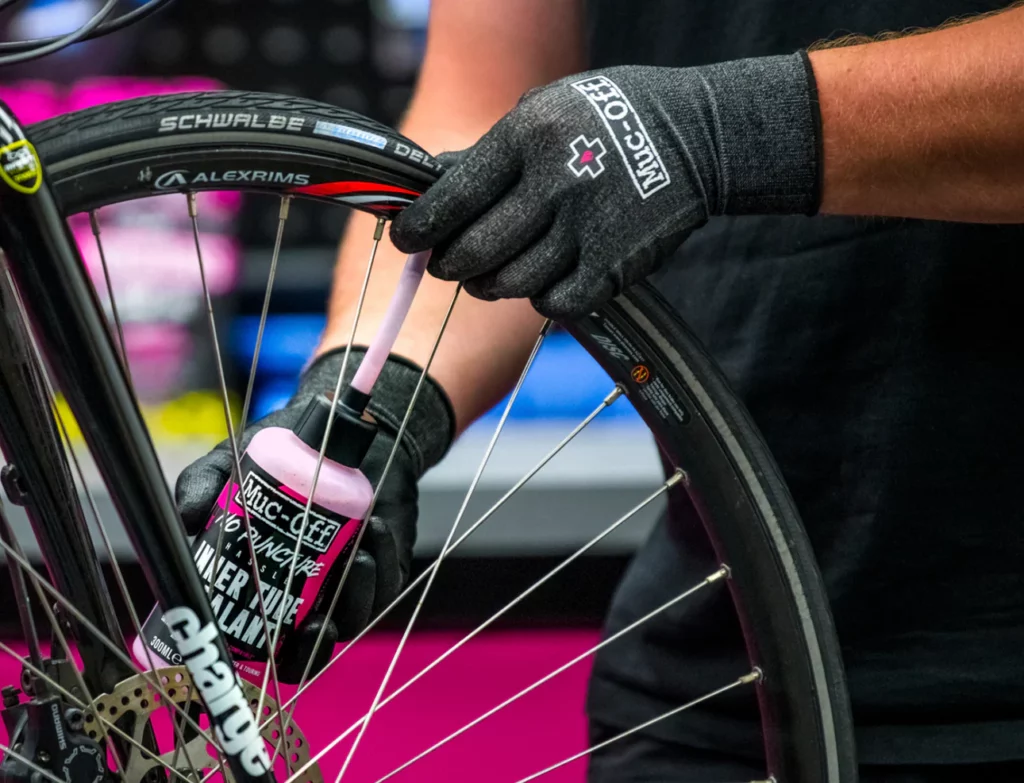
To conclude:
In conclusion, the right tyre choice for you depends on what sort of riding you’ll be doing, and what your preferences are.
For the road cyclist looking for maximum speed:
- Low rolling resistance tyres (N.B. lightest tyres too fragile for normal use)
- 28 or 30mm tyre width
- Potential tubeless set up to reduce weight and rolling resistance
- If tubeless is not for you consider using TPU innertubes
For the road cyclist looking for maximum comfort:
- Wider tyres, 30mm and above
- Lower pressures to suck up the bumps in the road
- Tubeless set up enables further reduction in tyre pressures for extra comfort
If you would like further assistance making the right selection for you and your bike, please contact your nearest Balfe’s store or our Support Team who will be happy to help.




